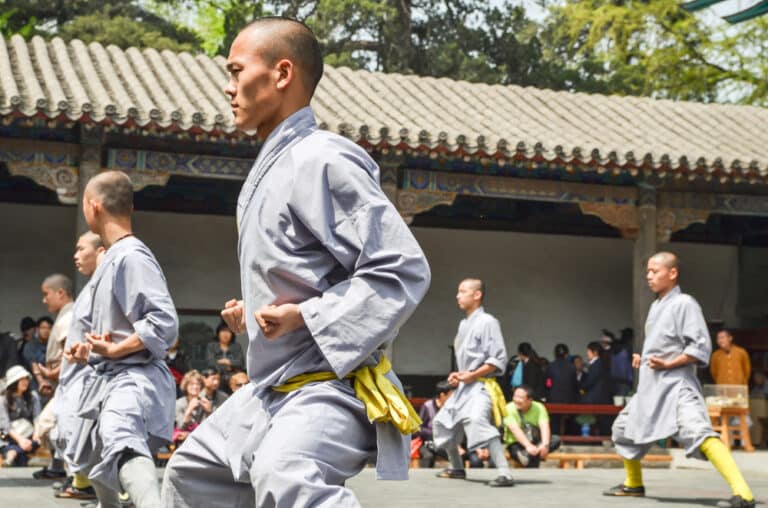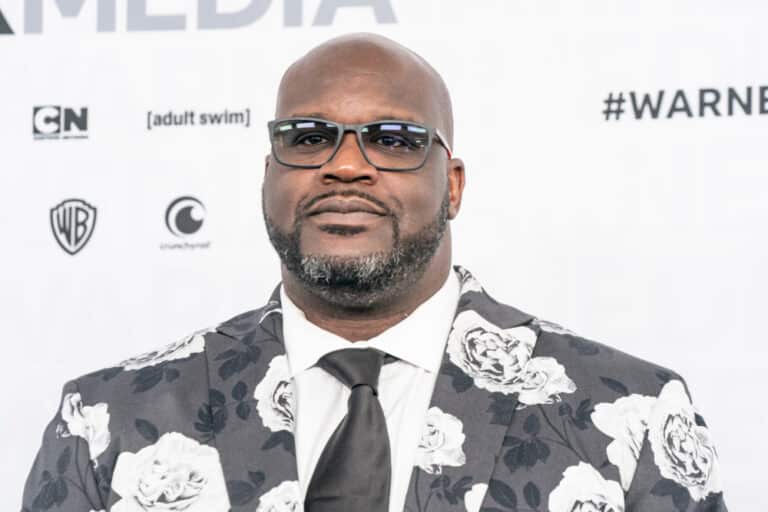Bridges, the architectural marvels that connect lands and cultures, aren’t immune to the forces of nature or human errors. Throughout history, we’ve witnessed bridges that crumbled in the face of unforeseen circumstances, leaving devastation in their wake. These catastrophic failures not only highlight the challenges of engineering but also serve as stark reminders of the delicate balance between human innovation and the forces of nature.
1. Tacoma Narrows Bridge
In 1940, the Tacoma Narrows Bridge in Washington State gained notoriety for its spectacular and disastrous failure. Nicknamed “Galloping Gertie,” the bridge’s collapse was a chilling dance of twisting steel and concrete. The catastrophic event unfolded on a windy day, revealing the unforeseen consequences of poor aerodynamic design. As the winds funneled through the Tacoma Narrows, they set off an oscillation in the bridge, resembling the undulating motion of a snake. The rhythmic movement intensified until the bridge succumbed to its own vibrations, plummeting into the icy waters below.
2. The Silver Bridge Collapse
In 1967, the Silver Bridge connecting Point Pleasant, West Virginia, to Gallipolis, Ohio, suffered a devastating collapse that scarred the holiday season. Packed with rush-hour traffic on Christmas Eve, the bridge crumbled into the frigid waters of the Ohio River, claiming 46 lives and leaving a community in shock. The investigation revealed a critical flaw in the bridge’s suspension system—a single eyebar, supporting one of the bridge’s main chains, had a tiny defect that propagated into a catastrophic failure. The tragedy led to a reevaluation of bridge inspection and maintenance practices nationwide, prompting the implementation of more stringent safety standards to ensure the integrity of aging infrastructure.
3. The Hyatt Regency Walkway Collapse
Bridges aren’t limited to spanning rivers and canyons; they also include structures that connect buildings. The Hyatt Regency Hotel in Kansas City faced a nightmare scenario in 1981 when two suspended walkways collapsed during a crowded tea dance, resulting in 114 fatalities and over 200 injuries. The catastrophe was attributed to a design flaw in the walkway’s support system. The walkways were suspended from a set of steel rods, and a last-minute change in the design combined two separate load-bearing elements into a single connection point. This unforeseen modification created a deadly weakness, causing the walkways to plummet onto the revelers below.
4. The I-35W Mississippi River Bridge Collapse
In 2007, the bustling city of Minneapolis was rocked by the collapse of the I-35W Mississippi River Bridge during rush hour. Thirteen people lost their lives, and over 145 were injured as the bridge crumbled into the river below. The catastrophe shed light on the challenges of maintaining aging infrastructure and the critical importance of regular inspections. The collapse was traced back to a design flaw in the bridge’s gusset plates, crucial components that held the steel beams together. These plates were too thin for the load they were intended to bear, initiating a chain reaction of structural failure.
5. The Morandi Bridge Collapse
In 2018, the Morandi Bridge in Genoa, Italy, suffered a catastrophic collapse, sending vehicles plunging to the ground below and claiming 43 lives. The disaster shocked the world and underscored the consequences of inadequate maintenance and monitoring of critical infrastructure. The collapse was attributed to a combination of factors, including corrosion in the bridge’s cable stays and decades of neglect. A lack of proper maintenance and timely intervention allowed the structural issues to escalate to a point of no return.





